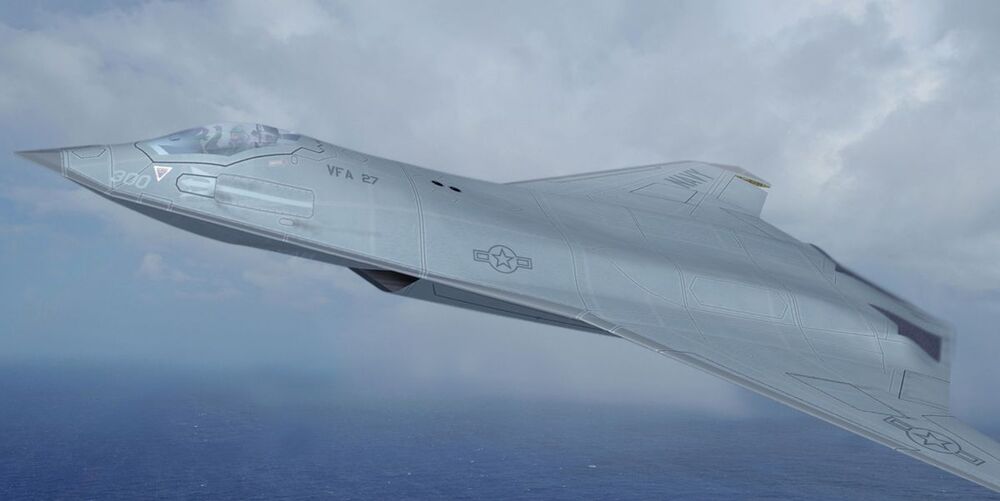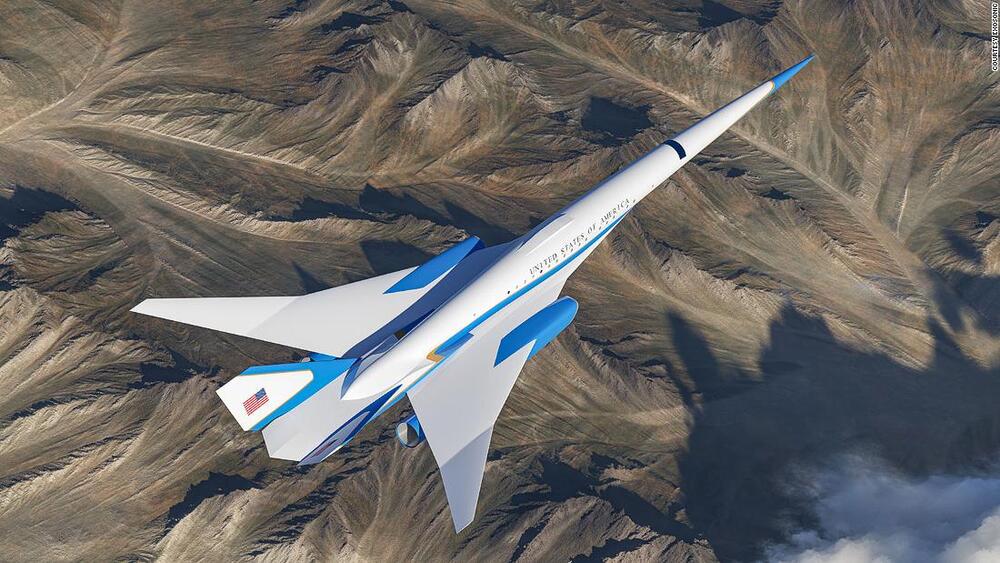Apr 12, 2021
FLIR Wins DARPA Contract Worth Up to $20.5M to Develop Revolutionary New Protective Fabrics for Chem-Bio Defense
Posted by Saúl Morales Rodriguéz in categories: biotech/medical, chemistry, military
FLIR Systems, Inc. (NASDAQ: FLIR) announced it has won a contract with the Defense Advanced Research Projects Agency (DARPA) to rapidly develop novel fabrics with embedded catalysts and chemistries that can fight and reduce chemical and biological threats upon contact.
The revolutionary fabrics will be incorporated into protective suits and other equipment such as boots, gloves, and eye protection that can be worn by troops on the battlefield, medical experts, healthcare workers, and more. FLIR received $11.2 million in initial funding for the potential five-year effort worth up to $20.5 million, including options.

















